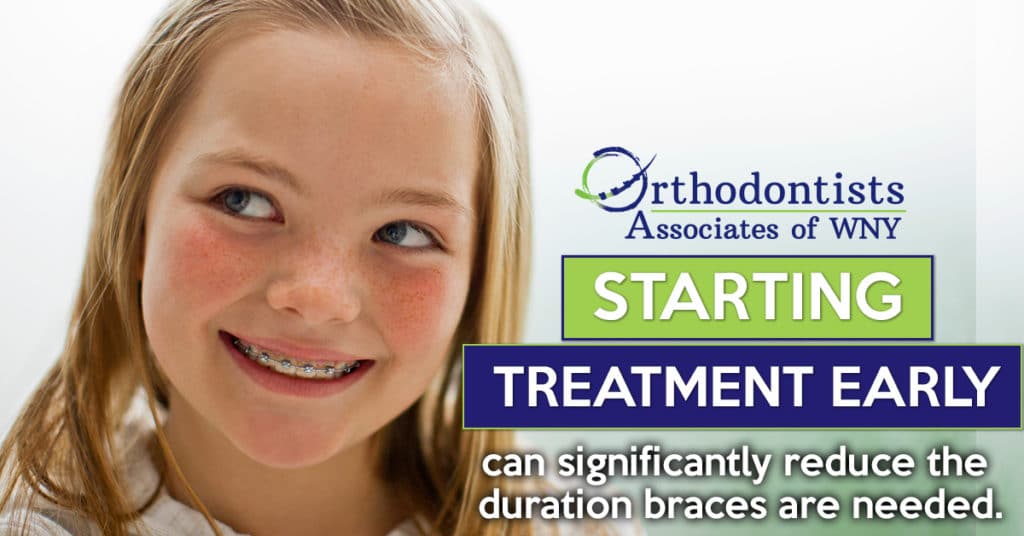Our Legacy Orthodontics Statements
Wiki Article
Little Known Facts About Legacy Orthodontics.
Table of ContentsThe smart Trick of Legacy Orthodontics That Nobody is DiscussingLegacy Orthodontics - QuestionsLittle Known Facts About Legacy Orthodontics.Facts About Legacy Orthodontics UncoveredGetting The Legacy Orthodontics To Work
In addition, we use flexible treatment schedules, versatile settlement choices and an enjoyable, pleasurable experience.An orthodontist is a dental professional educated to identify, protect against, and deal with teeth and jaw abnormalities. They correct existing conditions and are trained to identify problems that might establish in the future. Orthodontists function with people of any ages, from children to adults. Individuals often connect an ideal smile with great wellness.
Malocclusion, or misaligned teeth, can lead to oral problems, including dental cavity, gum condition, and hard or uncomfortable chewing. Not every person is born with straight teeth. If you have a bad bite or huge areas between your teeth, you may want to get in touch with a dental expert focusing on orthodontic treatment.
Some Known Questions About Legacy Orthodontics.
( Picture Credit: DigitalVision/Getty Images) Orthodontists make use of fixed and removable oral tools, like dental braces, retainers, and bands, to transform the position of teeth in your mouth. Orthodontic treatment is for dental irregularities, consisting of: Uneven teethBite issues, like an overbite or an underbiteCrowded teeth or teeth that are as well much apartJaw misalignmentThe objective of orthodontic treatment is to improve your bite.A healthy and balanced bite guarantees you can eat, chew, and speak correctly. While you could consider orthodontists as mainly for children or teenagers who require dental braces, they can remedy oral troubles at any kind of age. Orthodontists participate in university, oral college, and orthodontic college. After college graduation, they invest 2 or 3 years in an orthodontic residency program.
All orthodontists are dental experts, however not all dental professionals are orthodontists. Orthodontic residency programs supply extensive, focused instruction for dental experts. They concentrate on 2 locations: Just how to properly and securely relocate teeth Just how to appropriately assist development in the teeth, jaw, and faceOnce an orthodontist has actually completed training, they have the option to become board licensed.
The Best Strategy To Use For Legacy Orthodontics
Imbalance, or malocclusion, is one of the most common reason individuals see an orthodontist. It is hereditary and is the outcome of dimension distinctions in between the upper and lower jaw or in between the jaw and teeth. Malocclusion results in tooth congestion, an irregular jaw, or uneven bite patterns. Malocclusion is generally treated with: Your orthodontist affixes metal, ceramic, or plastic square bonds to your teeth.Some individuals require a headgear to assist move teeth into line with stress from outside the mouth. A retainer is a customized tool that maintains your teeth in area.
They can develop extra area in the mouth without having to draw teeth. Orthodontists make use of wires, surgical screws, or plates to support your jaw bone.
You might require to see an orthodontist if you have: Crowding or otherwise enough room for all of your teethOverbite, when your upper teeth come by your bottom teethUnderbite, when your bottom teeth are too far forwardSpacing or issues with gapsCrossbite, which is when your upper teeth fit behind your base teeth when your mouth is closedOpen bite or a vertical gap between your front bottom and upper teethMisplaced midline, when the facility of your base and top teeth do not align Correcting a dental malocclusion can: Make biting, eating, and talking easierImprove the proportion of our face and your overall appearanceEase discomfort from temporomandibular joint disordersSeparate your teeth and make them easier to clean, helping protect against tooth decay or cavities It's usually a dental expert that initially notices misaligned teeth throughout a regular examination.
The Greatest Guide To Legacy Orthodontics

Throughout your very first orthodontic consultation, you'll likely have: An oral examPhotos taken of your face and smileDental X-raysPanoramic (360 level) X-rays of your face and headImpressions to develop mold and mildews of your teethThese tests will help your orthodontist know just how to continue with your therapy. braces. An orthodontist is a dental professional who's had training to treat your teeth and jaw
Orthodontists might perform surgery, exams,X-rays,and more to aid you obtain a much more comfortable, healthier smile. An orthodontist is concentrated on your bite, so something like a damaged tooth would be managed by a dental professional. Orthodontists are dental experts but not all dentists are orthodontists. Orthodontists are concentrated on your bite, or the method your teeth meshed, and the straightness of your teeth. Ever wondered just how celebrities always seem to have flawlessly aligned teeth? The answer often exists in the experienced hands of an orthodontist. Yet what precisely does an orthodontist do? Orthodontists are dental experts who concentrate on correcting abnormalities in the teeth and jaws. Their expertise goes beyond simply creating a lovely smile; it extends to enhancing your overall oral health and function.
Some Ideas on Legacy Orthodontics You Need To Know

While braces are the most typically identified orthodontic treatment, orthodontists have a diverse toolkit at their disposal. The certain approach chosen depends upon the severity of the situation, the patient's Related Site age, and specific choices. These reliable braces make use of a system of braces adhered to the teeth and attached by cords.
These detachable trays are customized to considerably shift the teeth's position. In instances of slim jaws, palatal expanders can be utilized to develop area for proper tooth alignment.
Report this wiki page